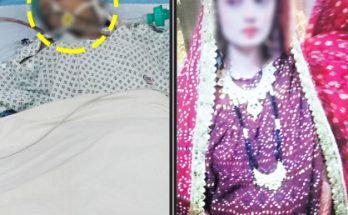London: Are you or someone you love living with type 2 diabetes? The disease has reached pandemic levels. All this week in the Daily Mail, in exclusive extracts from my book, Life Without Diabetes, I outline a simple three-stage plan to eradicate it. Stage one ensures rapid weight loss with eight to 12 weeks of low-calorie meal replacement shakes and soups and a small daily vegetable or salad plate.
Advertisement
Stage two is the gradual transition to real meals, and stage three is a long-term plan to keep diabetes away. We found stage one was the most effective way to trigger the essential weight loss needed to shift fat from the liver and pancreas to put diabetes into remission. But after you’ve spent two or three months without having to think about what to eat, returning to real food can seem overwhelming.

Beat-Type-2-Diabetes-health
diabetes treatment
Fastest Way to Beat Type 2 Diabetes
Natural Treatment for DIABETES
The research volunteers on our many studies told us of the difficulty of returning to normal meals. Some described feelings of panic about going back into the kitchen. They were confused about what and how much to eat, and whether they could drink alcohol again.
It was clear to us that if you’re going to keep your diabetes in remission, then you’re going to have to take the next stage very carefully indeed. Stage two of our plan is not a halfway house on the road back to former eating patterns.
It is, we have found in our studies, a crucial time to train your body and brain to accept smaller portions and healthier options. This isn’t a problem, we decided — it’s a great opportunity.
Keep bad habits away:
You can think of your weeks of eating meal replacements as a chance to draw a line under your old ways of eating (and the unhealthy habits which might have contributed to your weight gain). When you reach your target weight, lose the vital 15kg, or your GP or practice nurse confirms that your type 2 diabetes is in remission, it’s your chance to rewrite your future.
The first stage is simple. Just increase the size of your daily vegetable ‘meal’ and add a little protein in the form of meat, fish, eggs, or pulses. You’ll still be starting the day with a breakfast shake, and making yourself another shake or instant soup for lunch.
But instead of a third shake or soup plus your vegetable or salad intake, drop that third shake, boost the vegetable dish, and call it dinner. We suggest you spend at least two weeks doing this. If you haven’t made a start on the 1, 2, 3 plan yet, you should nibble on different raw vegetables every day, as the more your tastebuds are exposed to new flavors, the more you will come to like them.
Find a broad enough range that you enjoy to carry you through the low-calorie period of this plan and beyond, including those within the recipes here. In stage two, your evening meal should be high in protein but relatively low in carbohydrates, packed with vegetables, and contain around 400-500 calories.
The options here are perfect examples of delicious, nutritious, calorie-controlled meals that follow these criteria while ensuring your blood sugar levels remain stable and you don’t feel hungry. Protein is the most filling part of the diet, and the higher protein levels in these dinners are linked with more successful weight maintenance after a liquid low-calorie diet.
You might notice your portion is smaller than the typical dinners you ate before, but remember, you’ve lost quite a bit of weight and you just don’t need as many calories anymore. As a rule of thumb, eating roughly three-quarters of your previous food intake is key to keeping diabetes away in the long term.
Right now, because your main mission is to keep your weight from creeping up, and hold your diabetes in remission, it is best to avoid sweet or starchy foods and avoid alcohol. read more at dailymail

